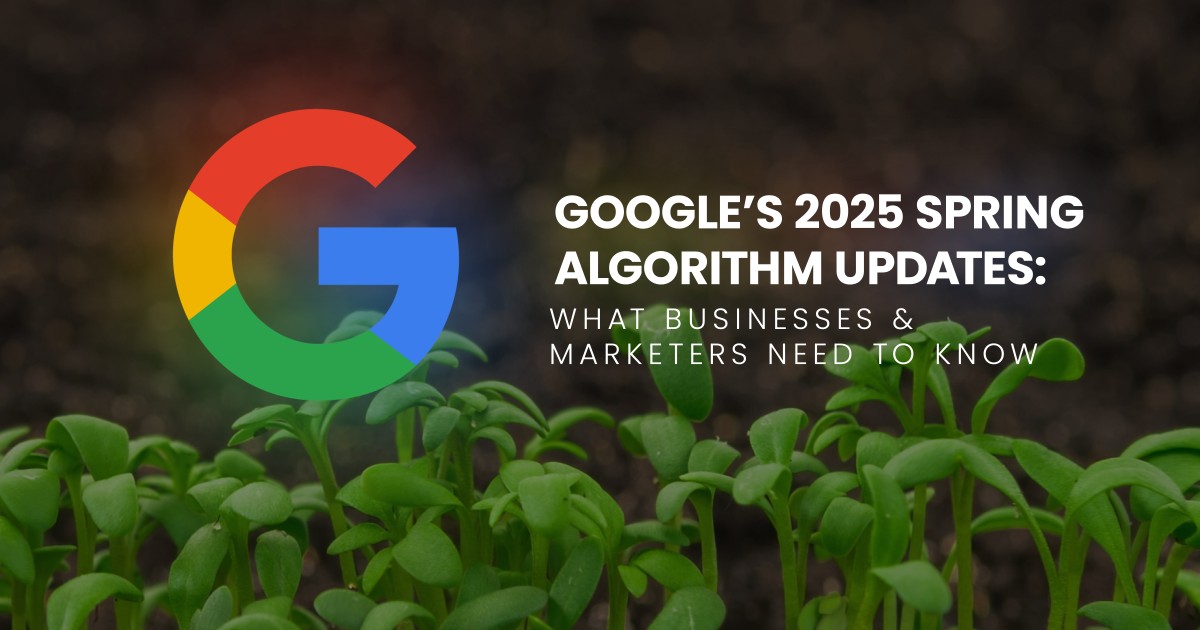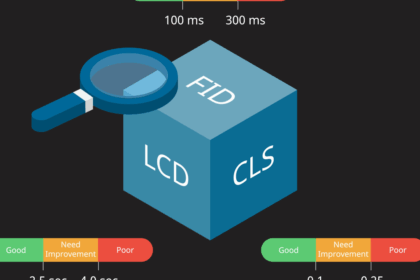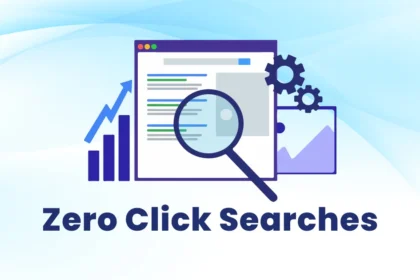2025 marks a pivotal year for Google Search, with multiple algorithm waves transforming how content ranks—and how users find it. From major core updates to AI-infused features like AI Mode and AI Overviews, these changes bring both opportunities and challenges. Here’s everything you need to stay ahead.
1. Major Core Algorithm Updates
January 2025 Core Update
The year began with a sweeping core update aimed at rewarding comprehensive, well-researched content, while penalizing thin, outdated, or duplicate material. This aligns with Google’s ongoing push for user-first content backed by the E‑E‑A‑T rubric—Experience, Expertise, Authoritativeness, Trustworthiness.
March 2025 Core Update
Rolled out mid-March, this update brought one of the most volatile ranking shifts in recent memory. Key impacts included significant drops in traffic for sites relying on user-generated content, forums, and low-quality programmatic pages. Even well-established content networks saw changes as the algorithm reevaluated authority, freshness, and depth.
May 2025 Page Experience & Spam Update
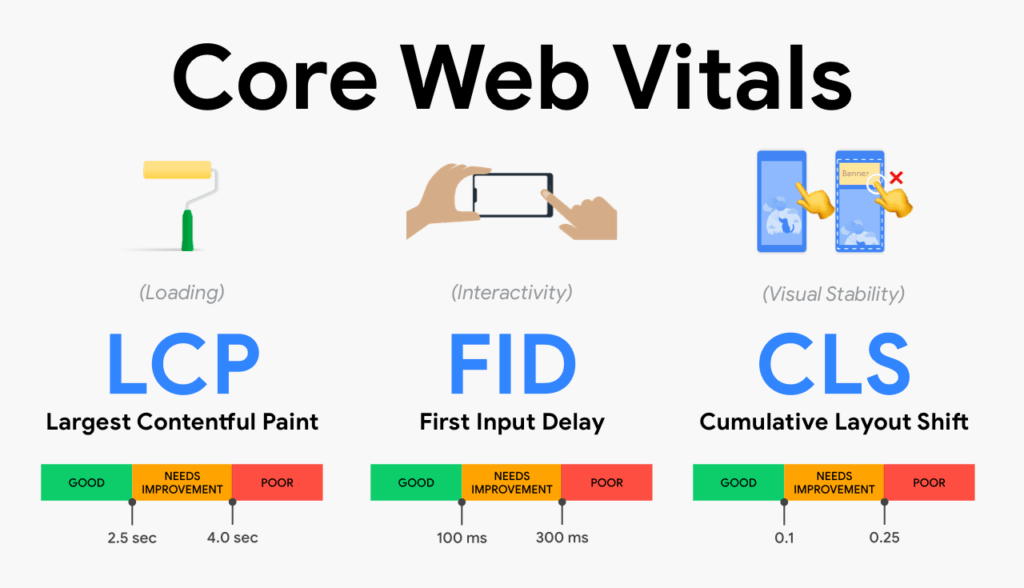
This update placed greater weight on Core Web Vitals, emphasizing mobile interactivity, layout stability, and performance. In parallel, Google improved spam detection capabilities, cracking down on bulk AI-generated content, expired domains used for quick SEO gains, and toxic backlinks.
2. AI Integration & Evolving Search Behaviors
AI Overviews
AI Overviews now appear in nearly half of all complex queries, providing synthesized answers directly at the top of search results. While convenient for users, these zero-click results reduce traffic to external websites, impacting publishers and smaller content creators alike. Businesses must now optimize not just for visibility, but for presence within AI-generated summaries.
AI Mode & Gemini Integration
Launched in early 2025, AI Mode is an interactive search experience powered by Google’s Gemini models. It allows conversational follow-ups, multimodal inputs (like voice or image), and context-aware recommendations. As this feature rolls out more broadly, content will need to be more digestible, structured, and easily interpreted by large language models.
3. SEO Implications: How to Adapt
Embrace E‑E‑A‑T Fully
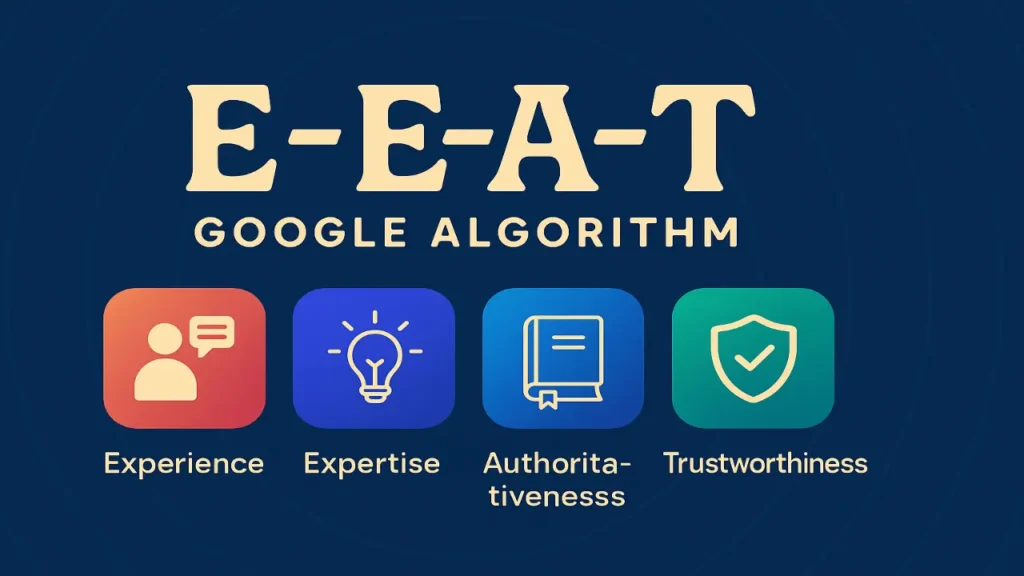
Google now prioritizes not just authority, but demonstrable experience. Authors should include bios, credentials, and sources to boost credibility. Original case studies, expert interviews, and first-hand analysis are key differentiators in this landscape.
Optimize for Featured Snippets & AI Overviews
Structuring content with clear definitions, FAQ sections, and schema markup can improve chances of being featured in snippets or overviews. AI prefers cleanly formatted content—lists, tables, and concise summaries over long-form fluff.
Prioritize Technical Performance
Performance is now a direct ranking factor. Ensure fast loading times (LCP under 2.5 seconds), minimal input delay, and stable layouts. Responsive design, CDN usage, lazy loading, and efficient code can all contribute to better user experience and ranking.
Avoid Spam & Link Schemes
Google’s anti-spam systems are more sophisticated than ever. Mass-generated content, unnatural backlinks, link farms, and recycled domains are quickly penalized. Stick to organic link-building strategies and high-quality publishing practices.
Boost Engagement Signals
User engagement metrics—like bounce rate, dwell time, and scroll depth—are increasingly influential. Interactive elements such as videos, infographics, and internal linking help keep users engaged and increase SEO value.
Tailor for AI Mode
Content should be structured in a way that supports natural language understanding. Use clear headings, bullet points, question-answer formats, and concise language to make it easier for AI to extract relevant information and present it accurately.
4. Content Planning & Strategy
- Map content to intent – Understand whether the user’s goal is to learn, compare, purchase, or navigate. Align tone, layout, and CTAs accordingly.
- Refresh and repurpose old content – Update legacy articles with fresh insights, improved UX, and current data to maintain rankings.
- Showcase real expertise – Demonstrate author knowledge through bios, quotes, and referenced experience.
- Use structured data – Employ schema markup for reviews, products, how-to guides, and FAQs to increase visibility in AI Overviews and traditional SERPs.
- Track AI visibility – Monitor how often your content appears in AI-enhanced results and adjust formatting to improve placement.
- Educate your team – Ensure writers, developers, and marketers understand new technical and content expectations.
5. Broader Impacts & Competitive Shifts
Decline in Traditional Referral Traffic
News and content-driven sites have experienced noticeable declines in referral traffic as AI Overviews dominate the top of search results. Publishers that rely heavily on click-through rates must diversify acquisition strategies and consider deeper audience engagement via newsletters, social media, and direct channels.
Rise of AI SEO

A new niche is emerging: optimizing content for how AI models interpret and summarize pages. This includes prompt engineering, zero-click snippet optimization, and AI-aware content formatting. Companies are beginning to build internal capabilities or partner with specialized firms to adapt to this new reality.
Google Faces Intensifying Competition
With AI search experiences becoming more conversational, users are exploring alternatives like standalone chatbots and specialized search engines. Google’s continued rollout of AI Mode and AI Overviews is both a defensive and innovative response to this shift in behavior.
Conclusion
The 2025 landscape of Google Algorithm Updates signals a decisive shift toward AI-driven search, user-centric content, and technical excellence. To stay competitive:
- Prioritize authentic, experienced-based content with clear expertise.
- Structure posts to feed AI summaries, featured snippets, and semantic relevance.
- Meet and exceed technical benchmarks for performance and interactivity.
- Avoid black-hat or gray-hat SEO tactics in favor of sustainable, ethical practices.
- Track and analyze your content’s presence across AI and traditional search results.
As Google search continues to evolve, adapting to its AI-first approach is not optional—it’s essential. Those who embrace these changes early will set themselves apart in a new era of search visibility and authority.


